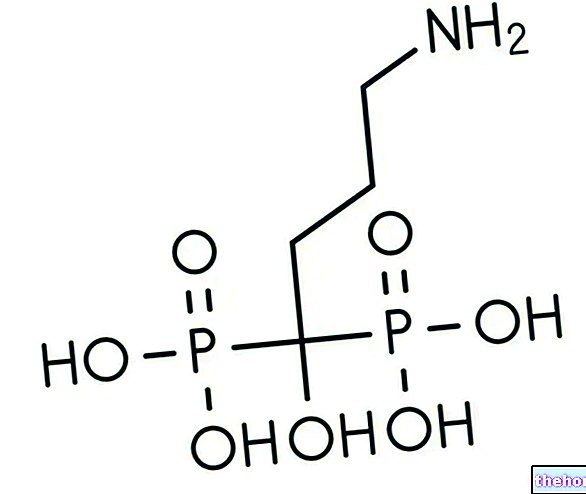Generality
The term "anesthetic drugs" refers to a heterogeneous group of active ingredients which - acting in different sites and with different action mechanisms - induce anesthesia.

However, it should be noted that anesthetics do not induce analgesia, since - unlike what happens with pain medication - they are unable to inhibit the synthesis and release of pain mediators, nor do they interact with pain receptors. .
However, based on the above, anesthetic drugs can be divided into two macro-groups:
- general anesthetics (which induce loss of sensation associated with loss of consciousness)
- local anesthetics (which perform a "local action, in fact, without loss of consciousness).
General anesthetics
As mentioned, general anesthetic drugs induce anesthesia with loss of consciousness.
The ideal general anesthetic state should be characterized by a total loss of all sensation and should also be associated with analgesia and muscle relaxation. These aims are mainly achieved through the depression of neurons in specific areas of the central nervous system, such as cortical regions, within which the anesthetic interacts with stellate and pyramidal cells.
In order to reach the aforementioned state of anesthesia, it is necessary to resort to the use of ideal anesthetic drugs, which should:
- Induce a rapid state of surgical anesthesia (characterized by unconsciousness, regular breathing, loss of spinal reflexes and loss of muscle tone);
- Induce adequate relaxation of the skeletal muscles;
- Be free of toxicity and side effects;
- Have a large margin of safety;
- Allow a quick and pleasant awakening from the state of anesthesia;
- Be inert from a chemical point of view;
- Have a low cost.
As you can well imagine, the ideal anesthetic, unfortunately, has not yet been identified. Despite this, from the discovery of the first anesthetic to today, research in this field has made great strides, making it possible to synthesize increasingly safe anesthetic drugs. and effective.
Currently, general anesthetics can be divided into two categories:
- general inhaled anesthetics
- general intravenous anesthetics.
These categories will be briefly illustrated below, but first it is useful to understand with which mechanism of action these drugs act.




























